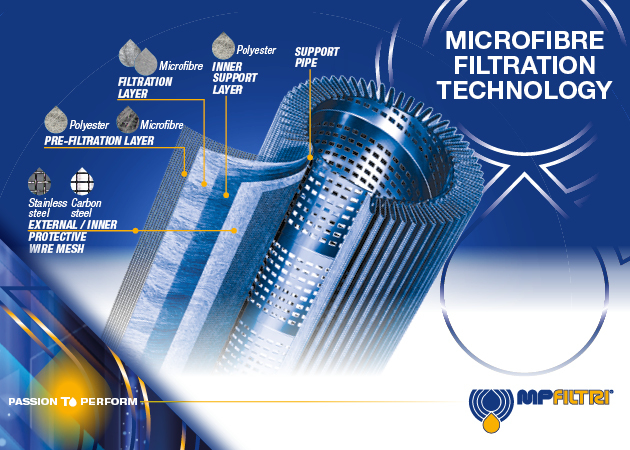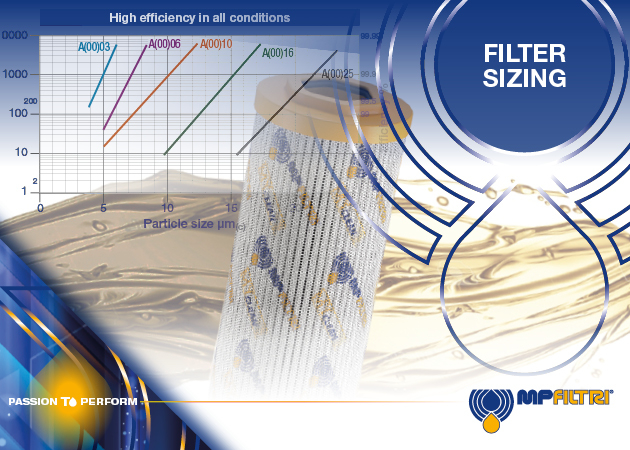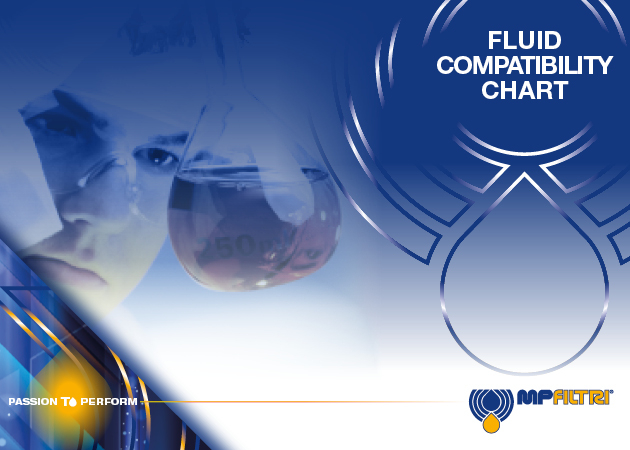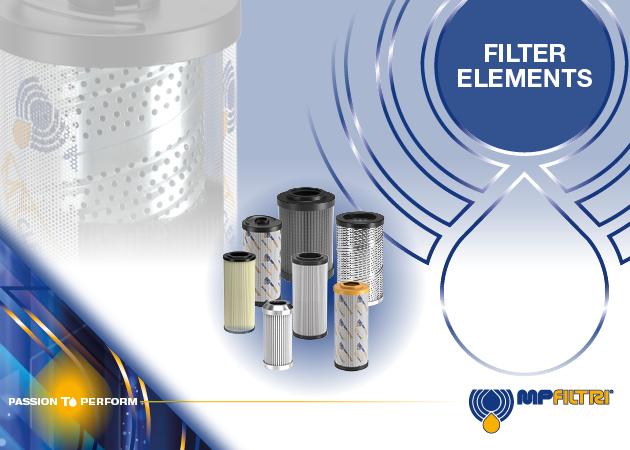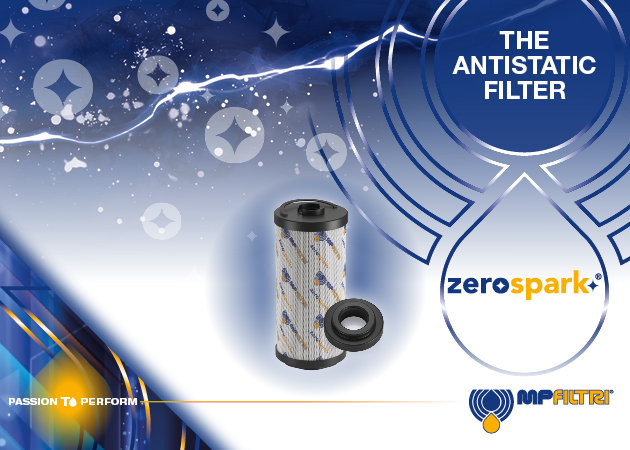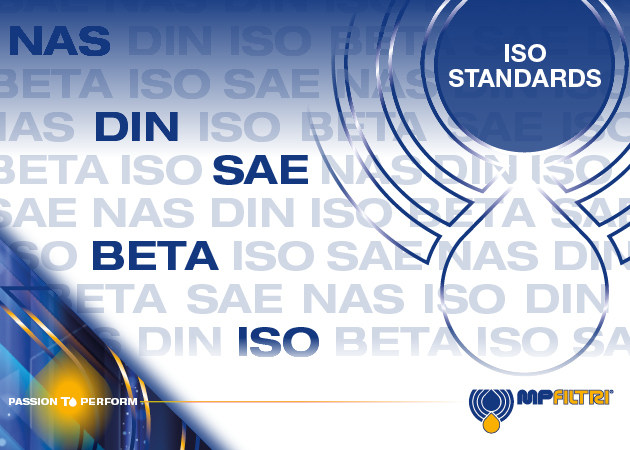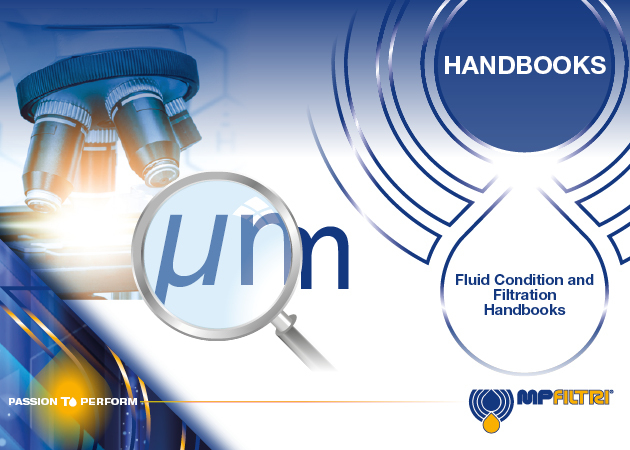Up to 80% of all failures on hydraulic systems are due to contaminants in the hydraulic fluid. Solid contamination is recognized as the main cause of malfunction, failure and early degradation in hydraulic systems. It is impossible to remove completely, but it can be effectively controlled by appropriate devices.
DOWNLOAD THE BROCHURE





